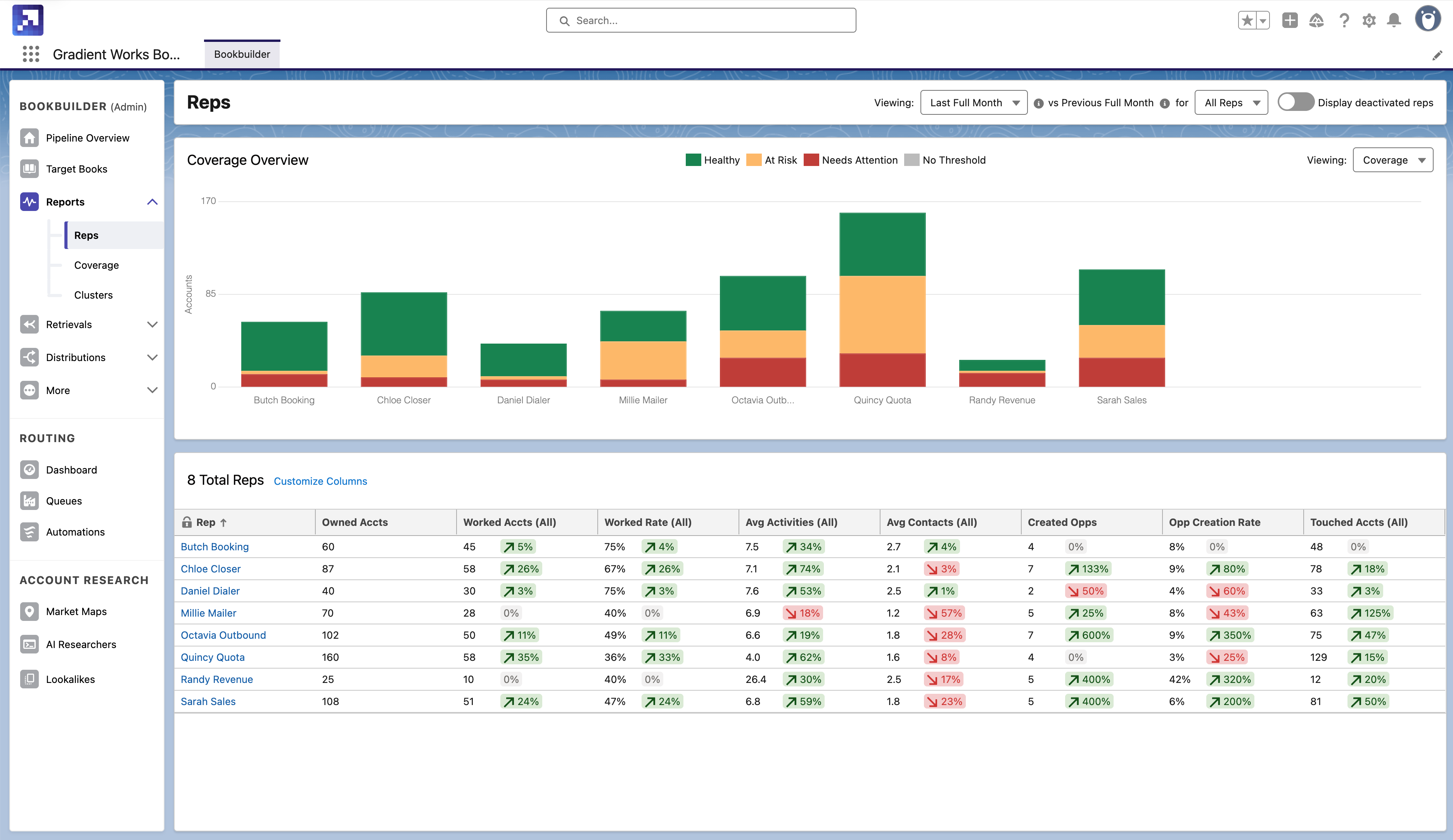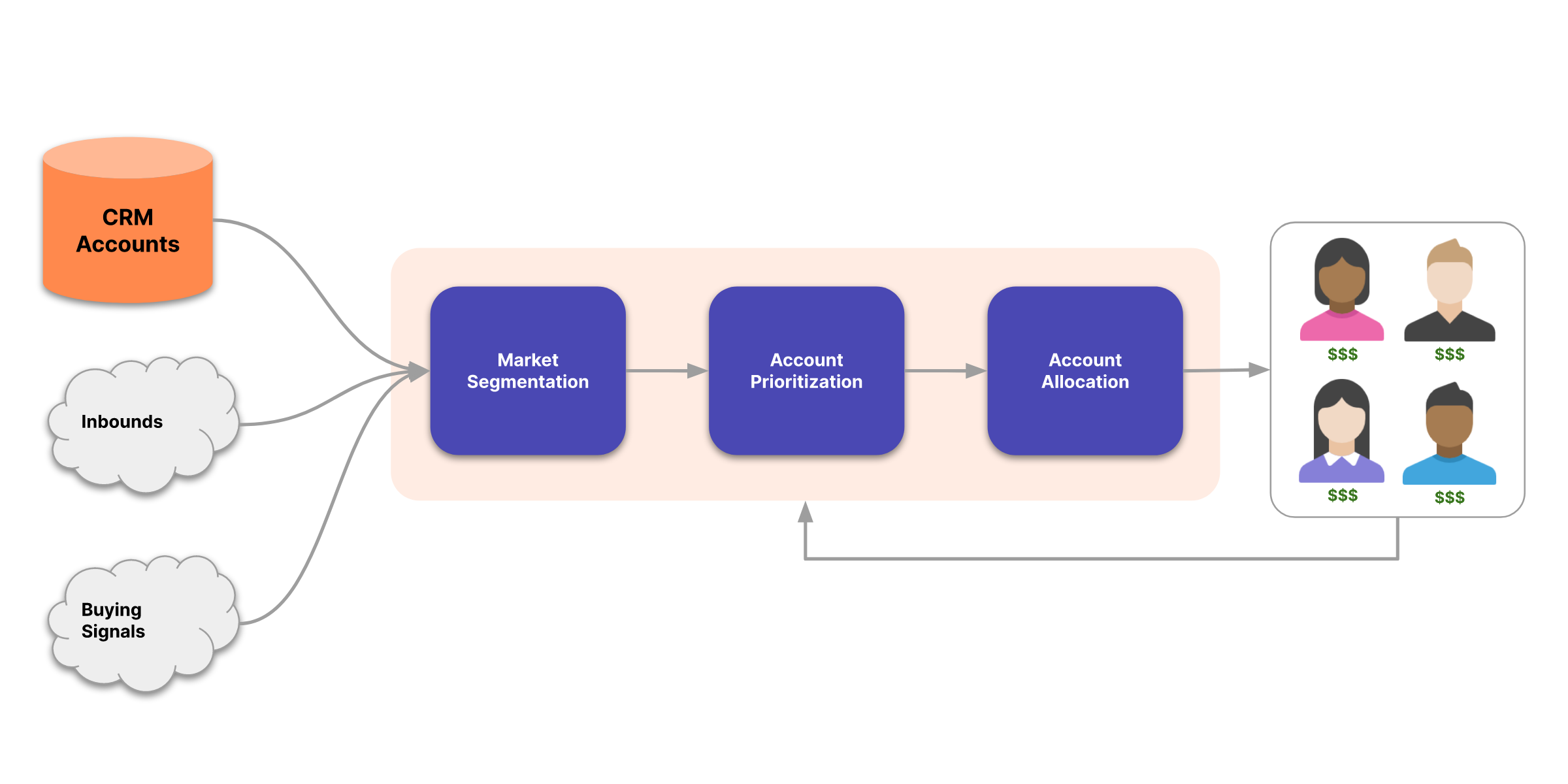Last week, we announced Pipeline Creation Analytics, a new way to measure what happens between rep activity and actual pipeline. Not just dials. Not just meetings. We’re talking about tracking opportunity creation itself. It’s the kind of visibility sales managers and RevOps leaders have needed for a long time.
It also happens to solve one of the biggest problems in B2B sales: the mid-funnel gap.
What's the mid-funnel gap?
You know it even if you haven’t named it.
- Top of funnel: You’ve got dashboards for demand gen, marketing attribution, activity tracking, open rates, the works.
- Bottom of funnel: Once an opp is created, you’re swimming in Clari views and forecast numbers.
But what about the middle? That stretch between “rep gets an account” and “rep creates an opp”? That part’s mostly a black box.
This blind spot is the mid-funnel gap and it’s where pipeline goes to die.
Why this gap is so dangerous
Without visibility into the mid-funnel, you can’t manage anything effectively. You’re stuck coaching to volume instead of outcomes. The default move becomes telling reps to do more:
More calls. More emails. More sequences.
But that’s not a strategy. It’s survival mode.
The metrics that actually matter
Instead of obsessing over activity, start measuring how activity turns into pipeline. That’s what Pipeline Creation Analytics tracks, using these three metrics:
- Account Coverage – Are reps engaging the right accounts?
- Opportunity Creation Rate – How many engaged accounts actually convert?
- Incubation Period – How long does it take from account assignment to opp creation?
These KPIs shine a light directly into your mid-funnel. Now you can coach based on what’s actually working. Check out this article to dive deeper into these metrics.
What happens when you fill the gap?
You get control back. And your pipeline improves.
Take one of Gradient Works’ customers, a midsize company. They shrank bloated rep books from 3,000+ accounts to just 300–400 and started tracking what was being worked and what wasn’t. That single change led to a jump in win rate from 13% to over 20% and their biggest Q4 ever.
Another Gradient Works customer saw something similar. They moved from geo-based territories to dynamic books, giving reps smaller, better-curated account lists. That gave junior AEs focus, increased efficiency, and boosted deal size.
In both cases, fixing the mid-funnel changed everything.
Reps aren't fighting this. They're asking for it.
This isn’t just a RevOps thing. Reps are tired of sorting through giant books. They don’t want to guess which accounts are good. They want clarity.
Dynamic books paired with Pipeline Creation Analytics gives them that:
- Smaller, refreshed books of high-potential accounts
- Clear accountability for working what’s assigned
- The ability to return accounts they can’t move
Reps aren’t losing control. They’re gaining it.
For revops, it's a game changer
Most RevOps teams are building custom Salesforce reports and spreadsheet workarounds to kind of track coverage and opp creation. It’s fragile, time-consuming, and rarely accurate.
With Pipeline Creation Analytics, RevOps can now:
- See real-time account coverage across reps and teams
- Measure conversion efficiency across segments
- Diagnose pipeline gaps before it’s too late
And you don’t need perfect data to start. The system gets smarter as it runs. Returned accounts improve CRM hygiene. Account insights improve over time. And your ability to plan becomes much more strategic.
Bottom line
The mid-funnel gap isn’t just annoying. It’s a strategic risk.
But now, you can close it.
With Pipeline Creation Analytics and dynamic books, you finally have the tools to manage the stretch between activity and opportunity. No more flying blind. No more “just make more calls.” Just smarter, more efficient pipeline creation.





